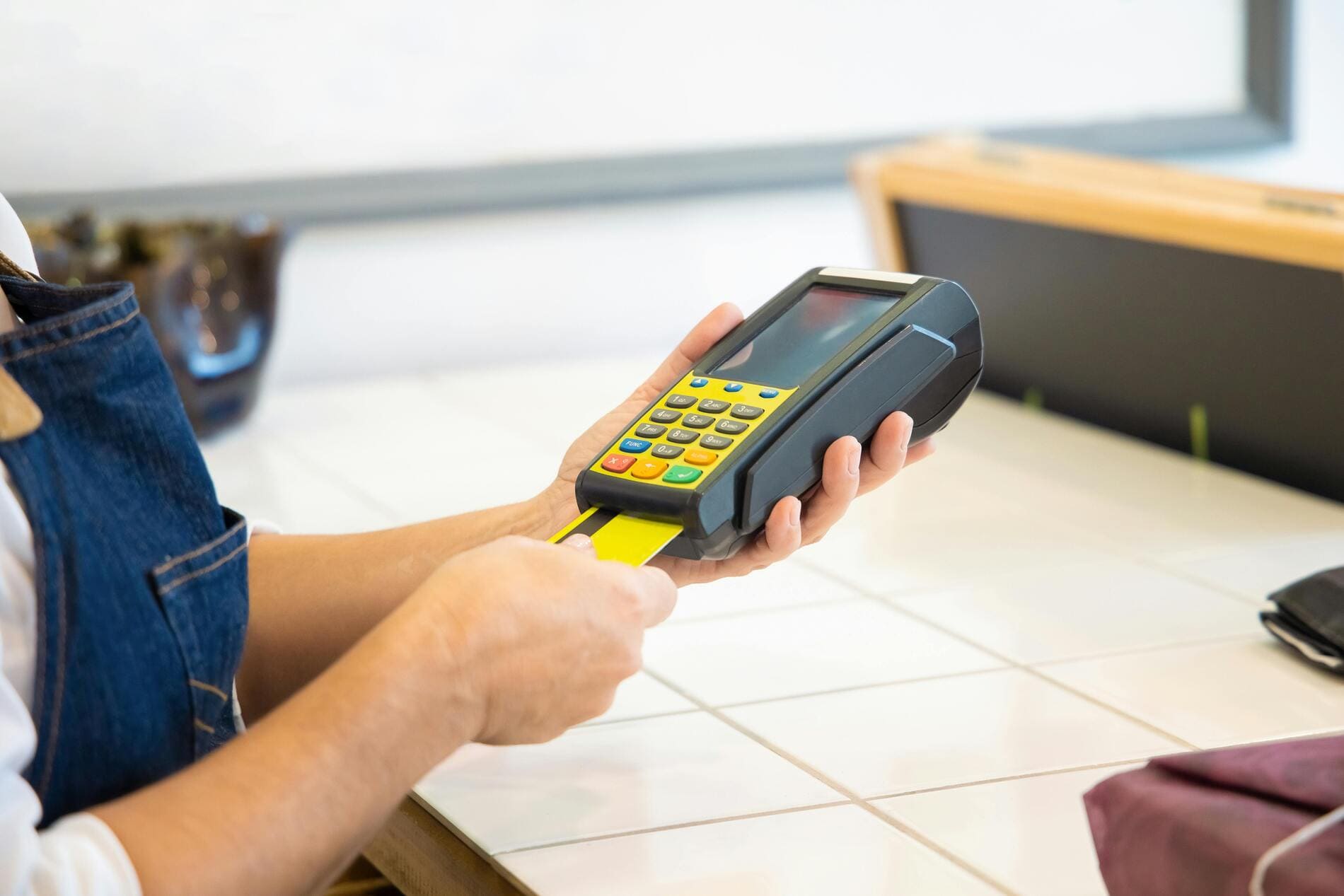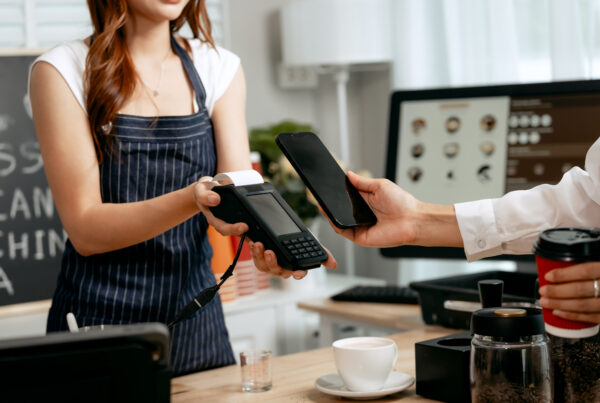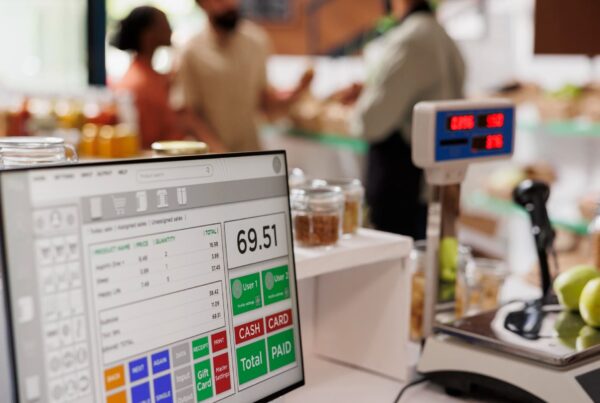ERP vs POS, among abundant solutions to improving business operational efficiency, may confuse retailers. Both POS and ERP help merchants across industries monitor and optimize their business performance; however, they don’t do it the same way. Despite many commonalities, each system comes with its own features, strengths, and drawbacks, making it a good fit for different business scenarios.
Whether to use POS or ERP depends on your business requirements and how each solution helps you achieve your business goals. Choosing an unsuitable system can lead to unnecessary complexities and waste resources. Therefore, you need to equip yourself with a thorough understanding of the differences between POS vs ERP.
In this post, we’ll walk you through what you need to know to make a wise decision for your business. Keep reading to learn about how POS differs from ERP and what benefits you can gain with POS and ERP integration.
POS vs ERP: Analyze 5 key differences
The table below illustrates the main differences between POS and ERP. Let’s take a look.
Features | POS | ERP |
Definition | POS is a system that often comes with POS software and hardware to process in-store transactions at the retail point of sale. | ERP, or Enterprise Resource Planning, is a comprehensive system comprising various modules to manage and track all back office business functions. |
Key purposes |
|
|
Features |
|
|
Integration |
|
|
Pricing | POS is a system that often comes with POS software and hardware to process in-store transactions at the retail point of sale.
| Depend on your business size, annual revenues, user numbers, support, and the additional modules you want to use. Normally, the prices are:
|
Pros |
|
|
Cons |
|
|
Best use cases |
|
|
Examples |
|
|
POS vs ERP: 3 criteria for an optimal solution
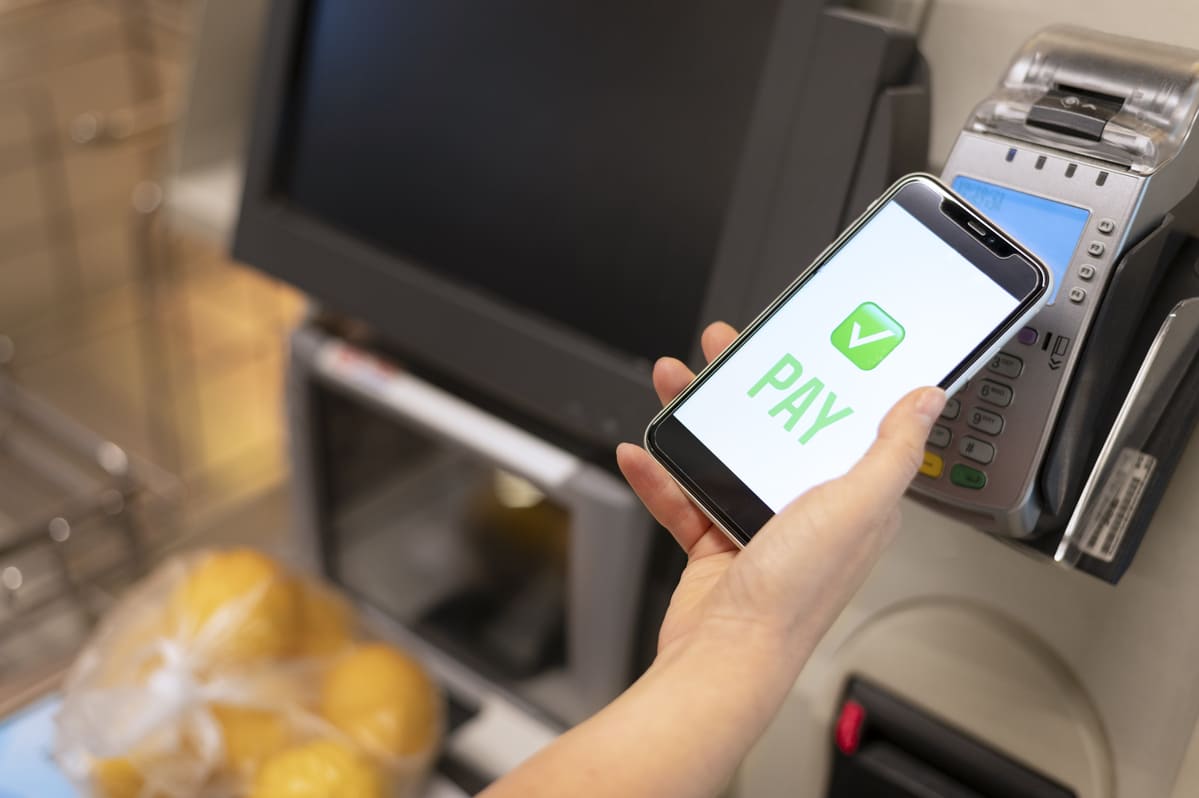
Some businesses find it enough to use ERP or POS only while others prefer ERP POS integration. Consequently, there’s no accurate answer to the question. Whether to employ ERP, POS, or both solutions relies on a collection of criteria, including your business needs, technical resources, and budgets.
- Business needs: Understanding your current issues, business scale, and future plans helps you clearly define the features needed to improve specific business aspects for greater performance and growth. As a result, you can choose the solution that best serves your business purposes without wasting resources.
- Technical resources: Whatever solution you opt for, make sure you have sufficient technical resources to run and maintain it. Besides, you should also select a solution whose provider can give you proper technical support to handle any problems.
- Budgets: You’d better look into the pricing structure of ERP and POS and choose the one that fits well with your financial capability. Opting for a financially reasonable solution helps minimize financial burdens and risks while optimizing costs for higher profit margins.
In general, you can:
- Choose POS if you prioritize a simple, flexible, and easy-to-use solution to process high volumes of sales transactions and manage inventory for many sales channels without bearing high costs.
- Choose ERP if your ultimate aim is to coordinate different internal business departments and centralize cross-function data to make strategic decisions.
- Choose ERP POS integration if you want to combine the strength of both solutions for fast processing of customer transactions and smooth back office operations.
Magestore POS is the top-of-mind POS for retailers of all types thanks to its extensive functionality, ease of use, and cost-effectiveness. Create and process orders swiftly and operate your business effectively with our Magento POS. As a custom POS system, it provides flexibility for customization and scalability to meet your specific needs. Or if you finding POS that integrates with Shopify, Magestore also has a solution for you.
5 benefits of integrating POS with ERP
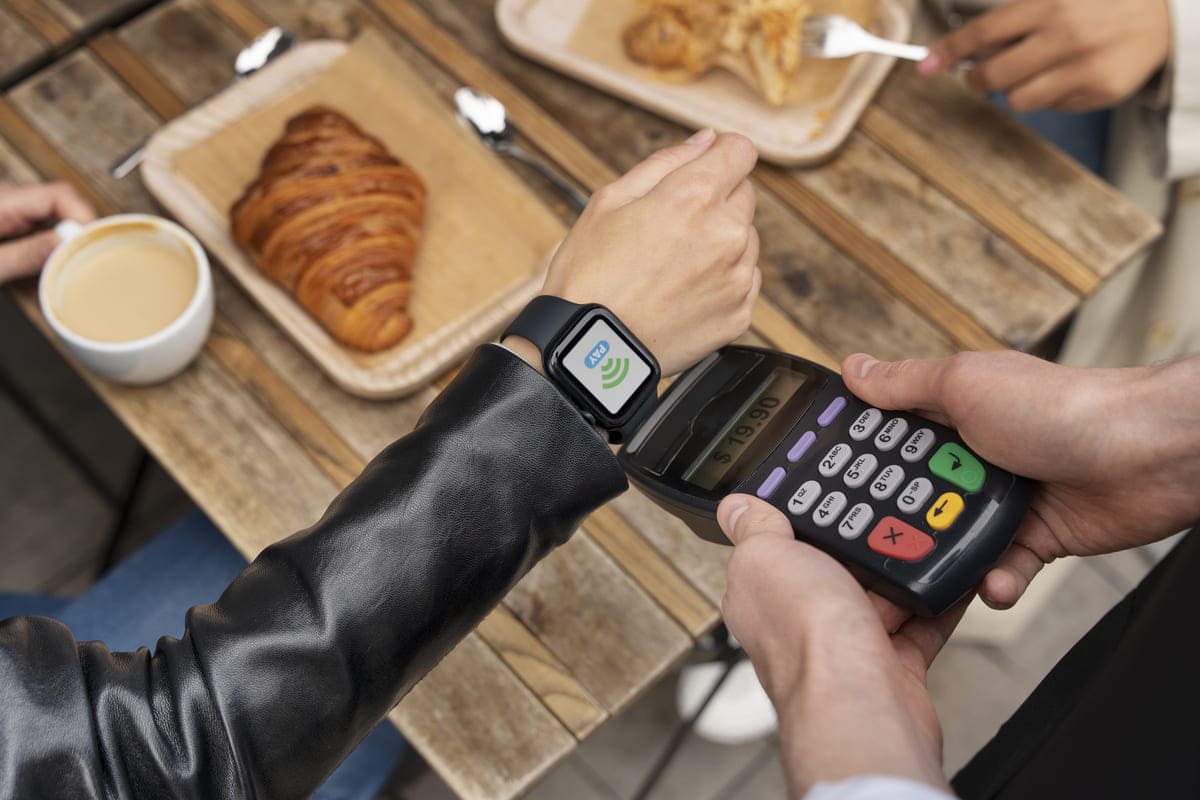
POS and ERP complement each other to enhance business efficiency and yield many benefits.
- Provide real-time and accurate data: POS and ERP integration facilitates the real-time flow of critical data, such as sales transactions, inventory, and customer data between systems. Therefore, it reduces the risks of data mismatch and inaccuracy resulting from manual data entry. Besides, the integration centralizes data across business functions in one location normally in the ERP database, letting stakeholders easily access the data for decision-making.
- Offer in-depth insights: POS and ERP integration offers thorough data analysis and reporting to give detailed insights into various business aspects, including finance, operation, inventory, and sales. On that basis, business departments and management can spot problems, identify trends, reassess business situations, and forecast demands, sales, and inventory to adjust strategies and act accordingly.
- Improve efficiency and productivity: ERP POS integration automates many repetitive business tasks such as updating stock levels after a sale or processing orders, thus minimizing manual work and allowing employees to fulfill more important tasks and improve productivity. The real-time data synchronization between ERP and POS enables businesses to closely supervise inventory levels for timely replenishment and streamline accounting processes for more efficient financial control.
- Reduce operational and administrative costs: POS and ERP integration eliminates the costs of gathering and storing data manually from disparate business departments. Besides, it also helps optimize resource allocation and determine the best workflows, processes, and practices to follow so that businesses can boost operational efficiency without extra expenses.
- Elevate customer experience: Integrating POS with ERP gives retailers a complete view of customers, their preferences, and purchase patterns. With centralized and up-to-date data, retailers can develop personalized marketing offers, run well-targeted campaigns, or make suitable recommendations. In this way, merchants can improve customers’ shopping experience and generate more sales through upselling or cross-selling.
Learn more about POS for SAP, NetSuite, and Sage ERP:
3 criteria for a POS and ERP smooth integration
Here are 3 major criteria you should evaluate to make sure POS and ERP systems can connect seamlessly.
- Compatibility: The compatibility between the two systems not only ensures uninterrupted data flows but also minimizes unexpected conflicts and errors during the integration. You can check if both systems connect well by performing compatibility tests or referring to the providers’ documentation for compatibility details.
- Integration methods: POS vs ERP should support several integration methods, including APIs, third-party connectors, and integration platforms so you can opt for the most suitable one. Besides, the chosen methods should also be scalable to accommodate evolving business demands without limitations.
- Data types: Determining the data types both systems collect and share is important for data synchronization. Make sure the POS system vs ERP have uniform data formats and structures to avoid data inconsistency during the mapping process.
Bonus: Compare a standalone POS with a POS module in ERP software
Let’s explore the distinction between an integrated point of sale module and a standalone POS to see which one best fits your business.
Full-featured POS | POS module in ERP software | |
Features |
| Since each module in ERP software has distinct functions, the POS module primarily handles order processing and transaction data collection.
|
Integration |
|
|
Pros |
|
|
Cons |
|
|
Pricing | One-time cost or subscription-based fees, normally starting from $49/ month | Depend on the ERP software. In other words, you must pay for the core ERP software and your preferred modules, including POS. That means, you may pay for the functions you don’t use. |
Best use cases | Businesses with large volumes of in-person transactions and many online and physical outlets. | Businesses that concentrate on operating and coordinating back office functions and use POS to capture essential data only. |
Examples |
|
|
Conclusion
POS vs ERP are not interchangeable; otherwise, they’re supplementary solutions. While POS is ideal for dealing with customer-facing transactions, ERP excels at coordinating multiple backend business processes to respond to market needs promptly. Combining the two systems helps retailers optimize both frontend and backend management, gain helpful insights based on live and consistent data, and simplify business management.
As a result, businesses of all sizes can use ERP vs POS systems to their advantage depending on specific business needs and financial capability. No matter which solution you choose, it should help you achieve your ultimate business goals rather than creating more problems.
FAQs
Is POS an ERP System?
No, POS is not an ERP system. POS can be a standalone system or an ERP module. POS focuses on handling transactions and syncing online and offline data, whereas ERP manages and automates integrated business processes, such as supply chain, accounting, and human resources on a single platform.
Can POS be integrated with ERP?
Yes, you can integrate POS with ERP to improve your business efficiency. You can use APIs, 3rd-party connectors, and integration platforms to execute the integration.
What are the three types of POS?
Three popular POS types include on-premise, cloud-based, and self-service POS systems. While retailers set up on-premise POS on a server in the physical stores, they have POS providers maintain cloud-based POS on their servers. Self-service POS is a POS system that requires customers to process orders themselves.
Is SAP a POS system?
No, SAP is an ERP system that involves different modules for effectively running a business. SAP offers many ERP options for all business sizes, including SAP Business One, SAP S/4 HANA, and SAP Business ByDesign. Besides, SAP also provides a simple POS Customer Checkout that can work independently or integrate with SAP ERP solutions.
